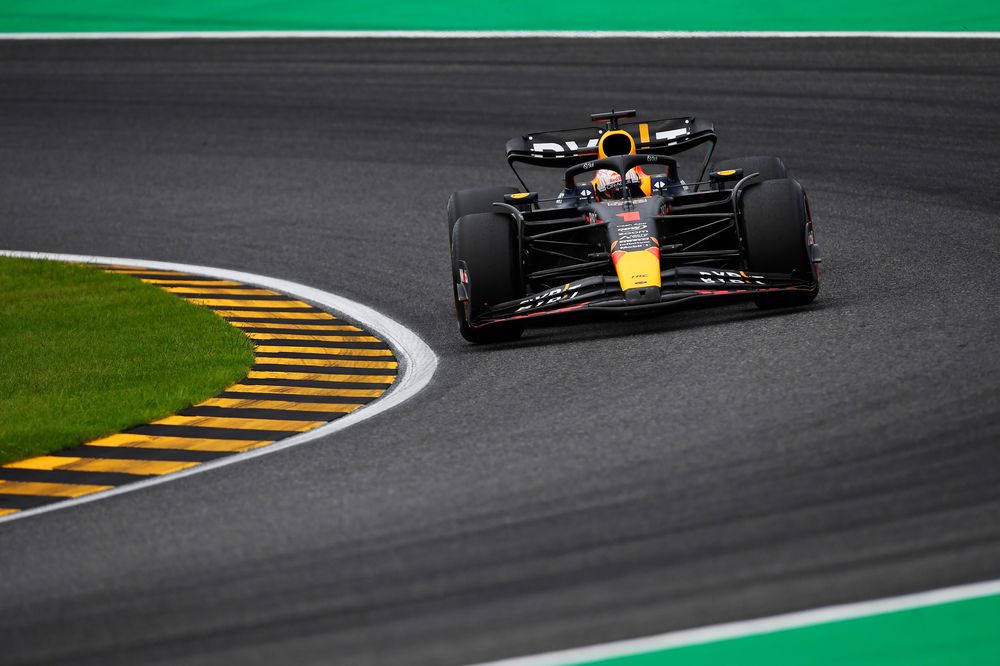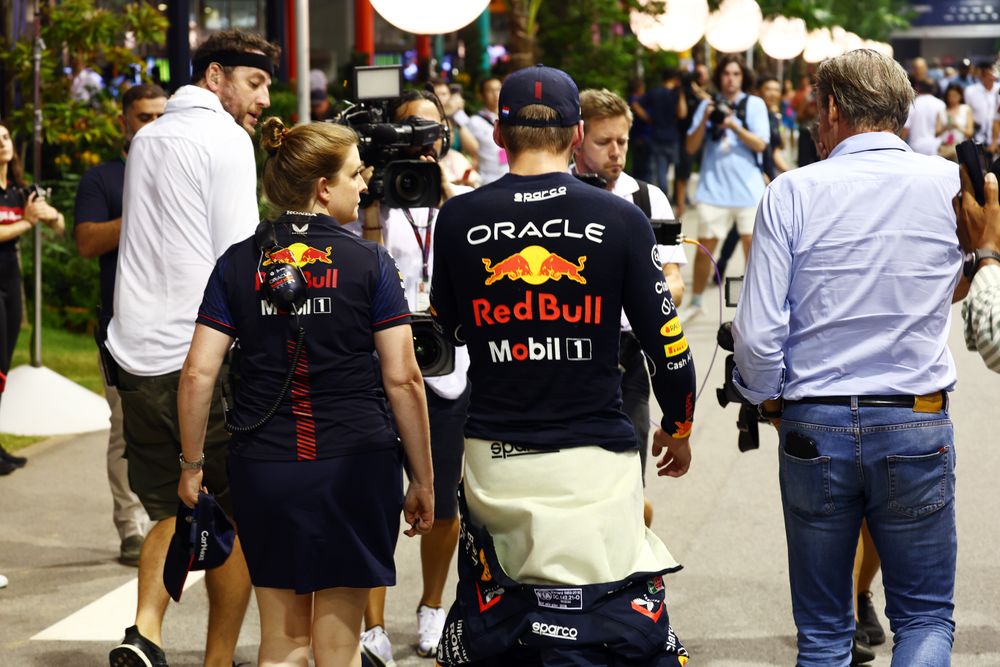Up Next

In dispelling the idea that the latest technical directives may have hurt Red Bull, Max Verstappen’s performance on the opening day of the Japanese Grand Prix weekend could hardly have been more emphatic.
It was as if he was on a mission to leave no ambiguity at all as his first flying lap in FP1 was 1.3s clear of anyone else’s. He ended up heading that session by around 0.6s from Carlos Sainz’s Ferrari and Lando Norris’ McLaren.
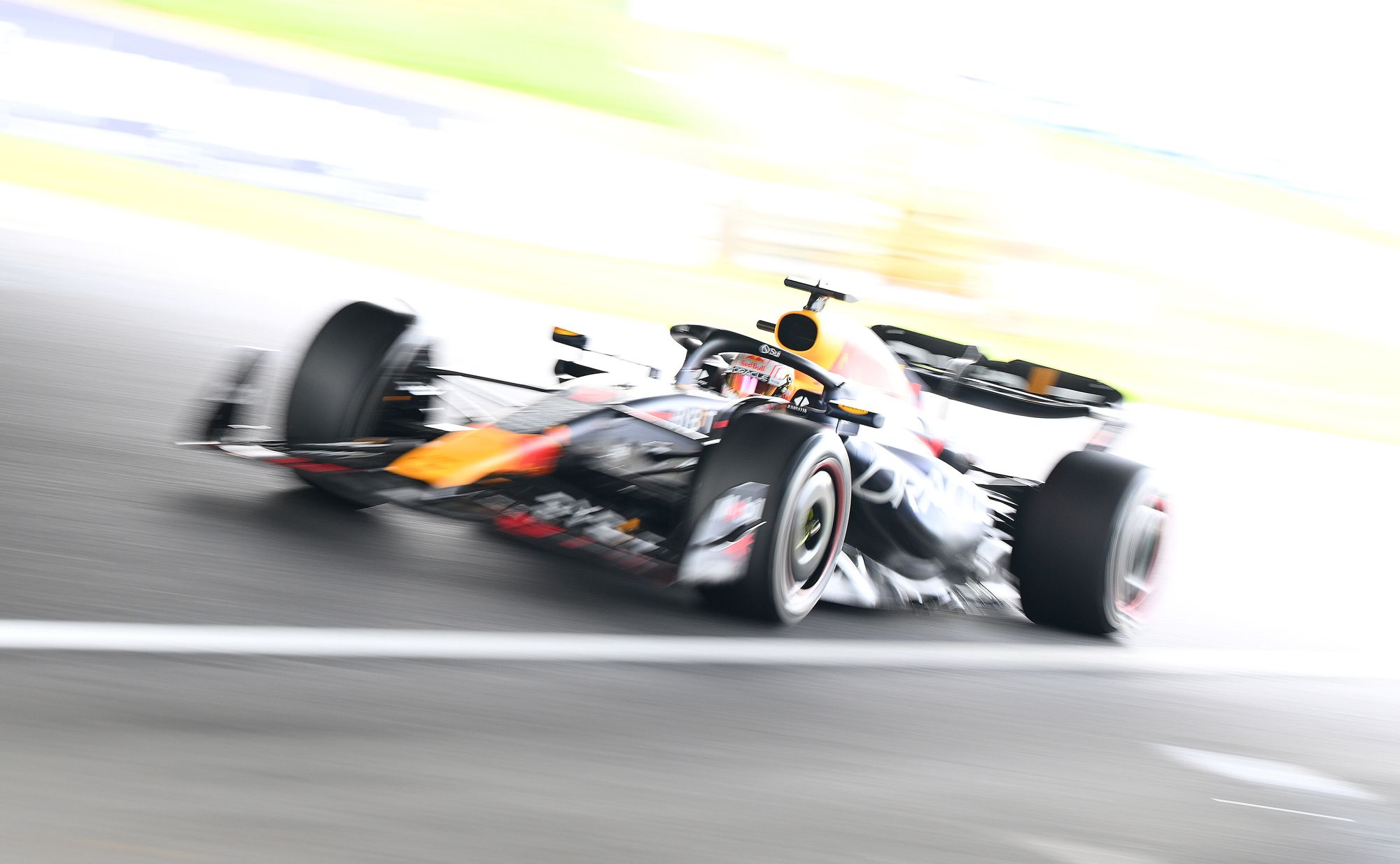
The competition got a little closer in FP2 where Verstappen was fastest by just over 0.3s – with the Ferraris and Norris again the closest competitors. But race pace is where the Red Bull invariably shines brighter – and in that comparison Verstappen was over 0.5s clear of Norris and the Ferraris (albeit on a slightly different tyre).
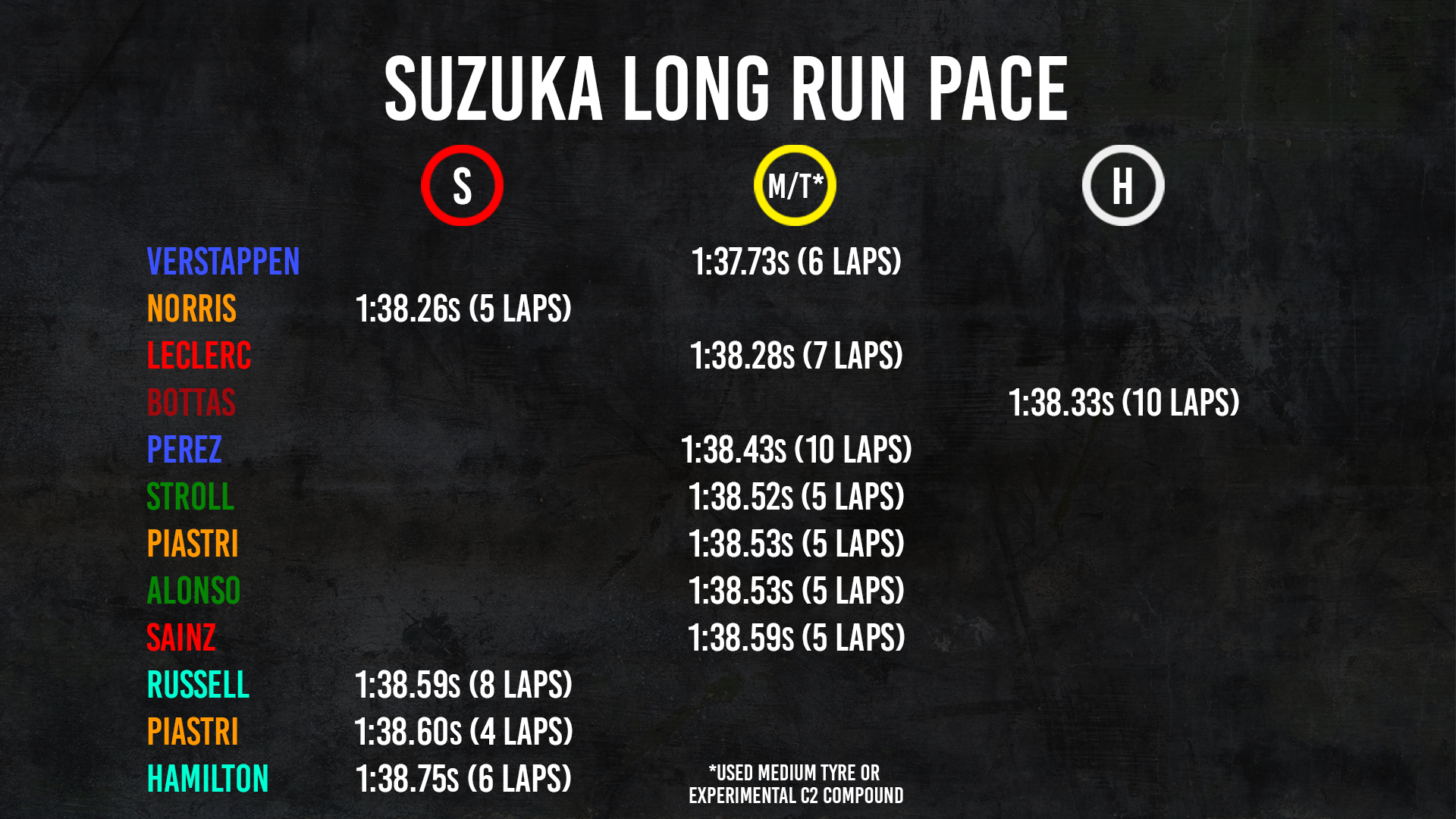
Mercedes was struggling with a lack of rear grip and is hoping that the ramp-up of track grip might allow it access to a better balance tomorrow. But on Friday it was definitely only the fifth-fastest car, with Aston Martin bridging the gap between Ferrari/McLaren and Mercedes.
"It felt really good today,” said Verstappen. “From lap one, the car was enjoyable to drive again. We've had a strong day on the short and long runs. There's a lot of degradation on this track so it will be quite tough on tyres during the race, but so far, we’ve had a good start to the weekend… I’m confident we can fight for pole.”
Verstappen’s long run was done on the experimental test tyre, which is approximately the same compound as the C2 medium used by the others.
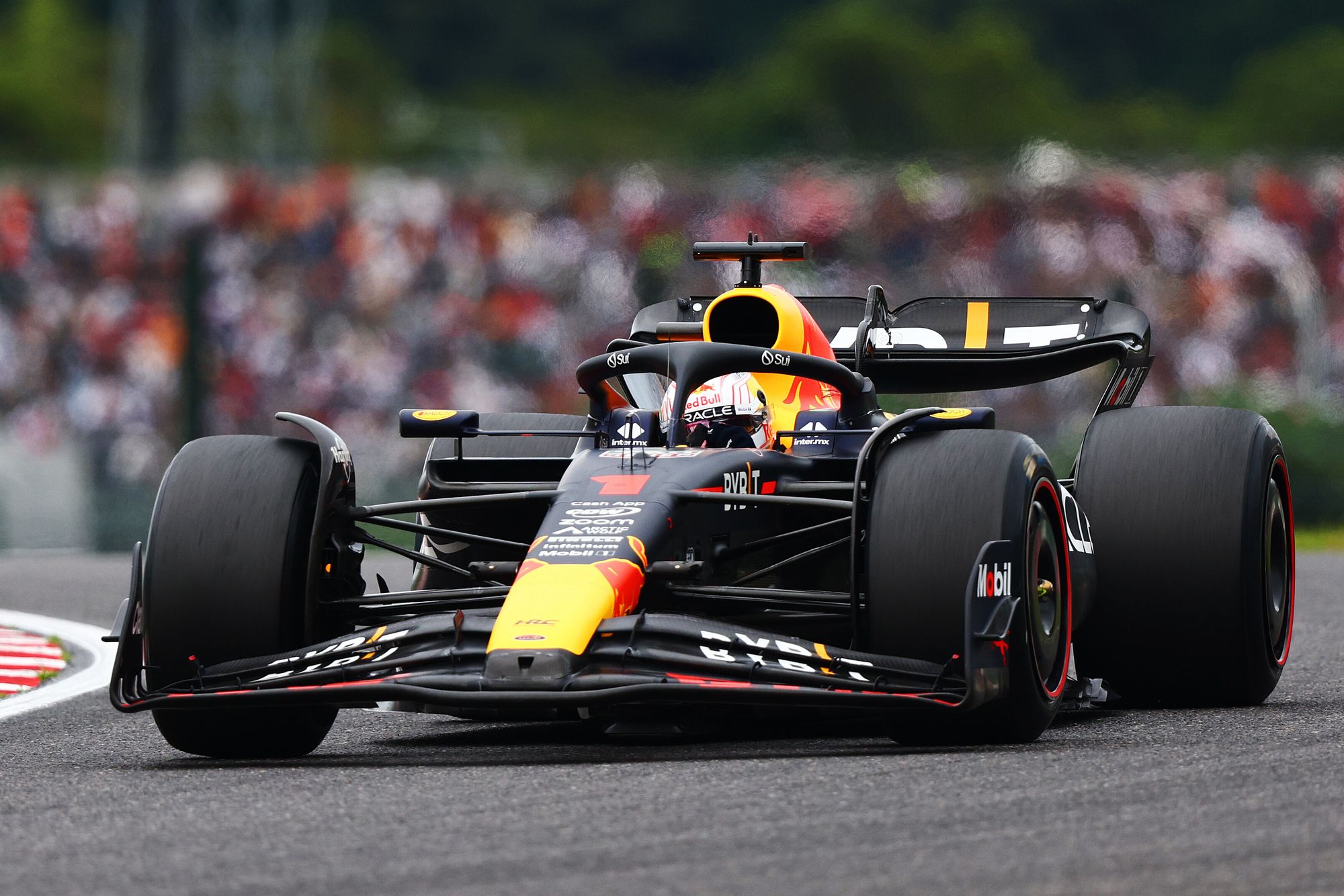
The track was very low on grip, especially in the first session, and degradation of the tyres was high. Because of this and a relatively small pitstop loss, it looks set to be an optimum two-stop race. The choices of Friday tyres suggests Red Bull and possibly Ferrari are favouring the medium-compound tyre, the others the hard.
Although both McLaren and Mercedes did long runs on the soft, only Norris could make it last. Its shorter range also imposes a less-A comparison-ideal stint spacing.
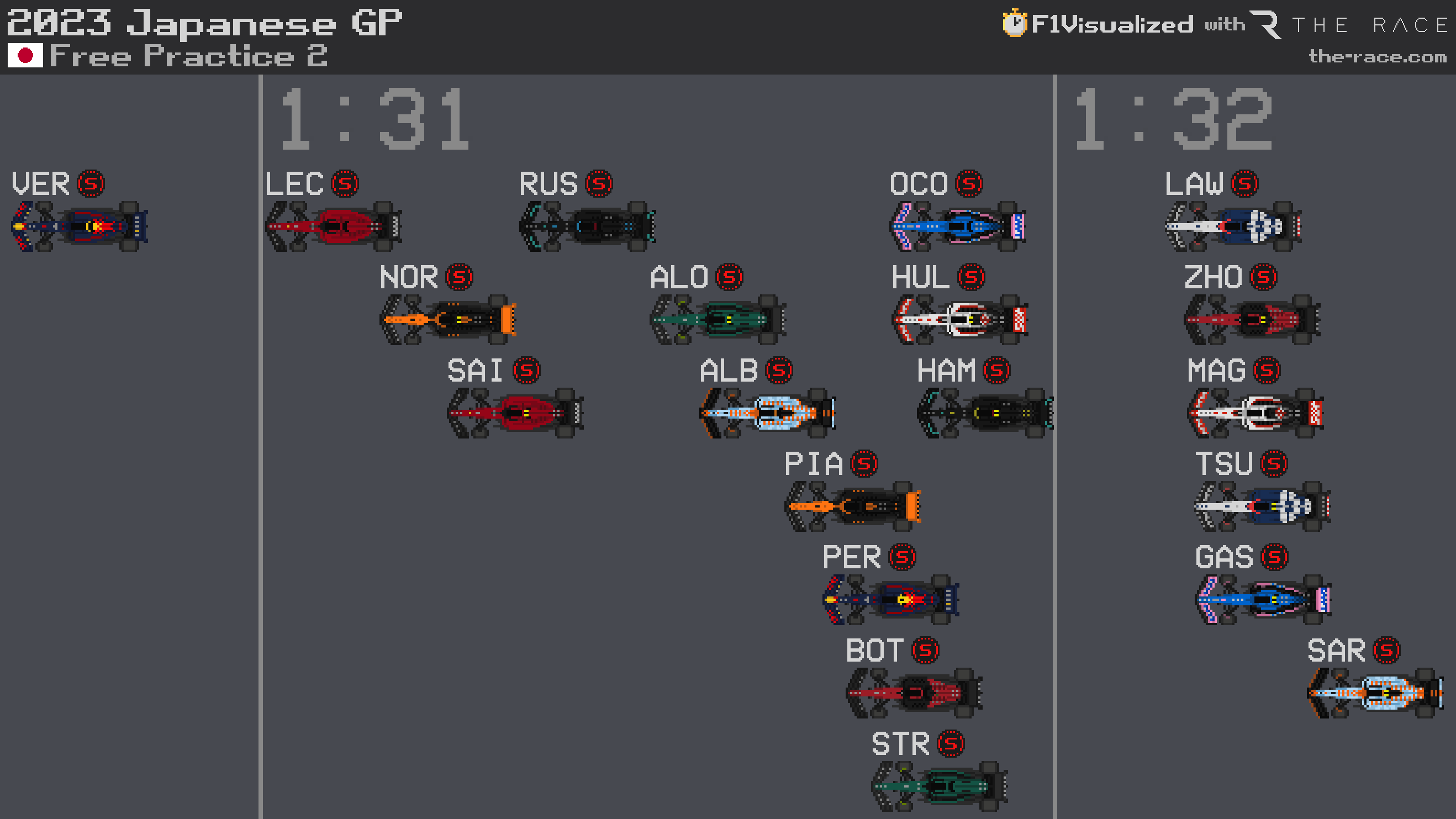
A comparison of the fastest laps shows that almost all of Verstappen’s advantage was gained through the Esses at the start of the lap where the RB19’s downforce edge allowed it to change direction at speeds out of reach to the others.
By the time they reach Turn 9 at the top of the hill, Norris is 0.3s behind, Fernando Alonso 0.5s, Charles Leclerc 0.6s and George Russell 0.7s. Ferrari makes half of its deficit back up in the rest of the lap, but the others don’t.
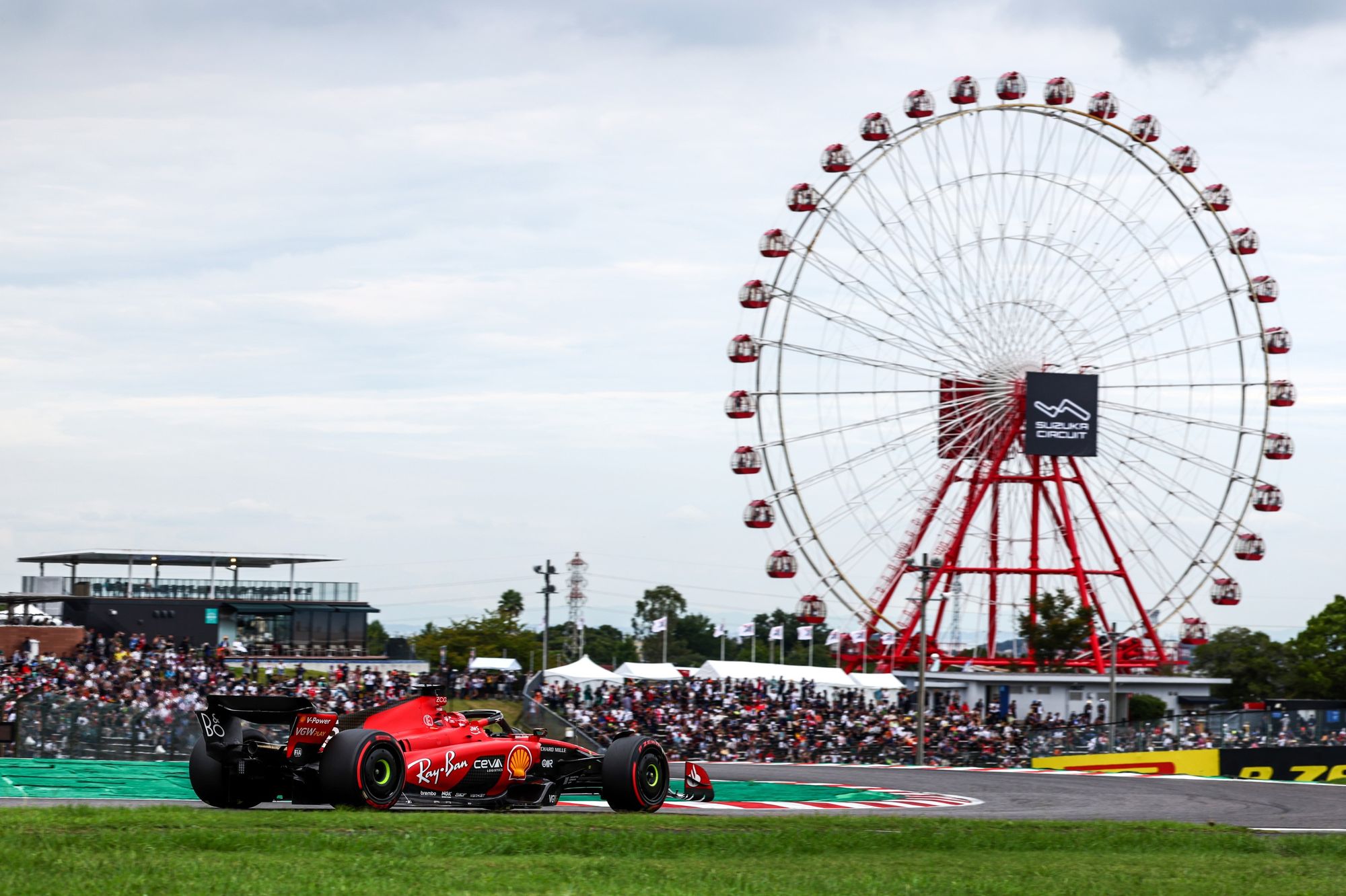
Red Bull put Sergio Perez out with the old floor (the type which ran in the race in Singapore) and Verstappen with the updated one in the first session just to conduct a back-to-back comparison. Satisfied that the new floor was working as expected, both cars were fitted with it in FP2.
With the old floor Perez was 1.4s adrift of Verstappen. This reduced down to 1s with both on the same floor. “We went a bit off-balance this morning,” Checo reported, “but we now have a very good understanding of the direction we need to take. Things are certainly looking much better than they did last weekend, which is positive."
Ferrari had a new floor too, and it was fitted to both cars throughout. The team is encouraged to be quick around a track with the sort of long-duration corners which have proved difficult for this car in the past. Both Sainz and Leclerc reported its balance to be pretty good.
Norris looks a close match with the Ferraris over a lap, though direct comparison on the long tuns isn’t possible because of the different tyre choices made.
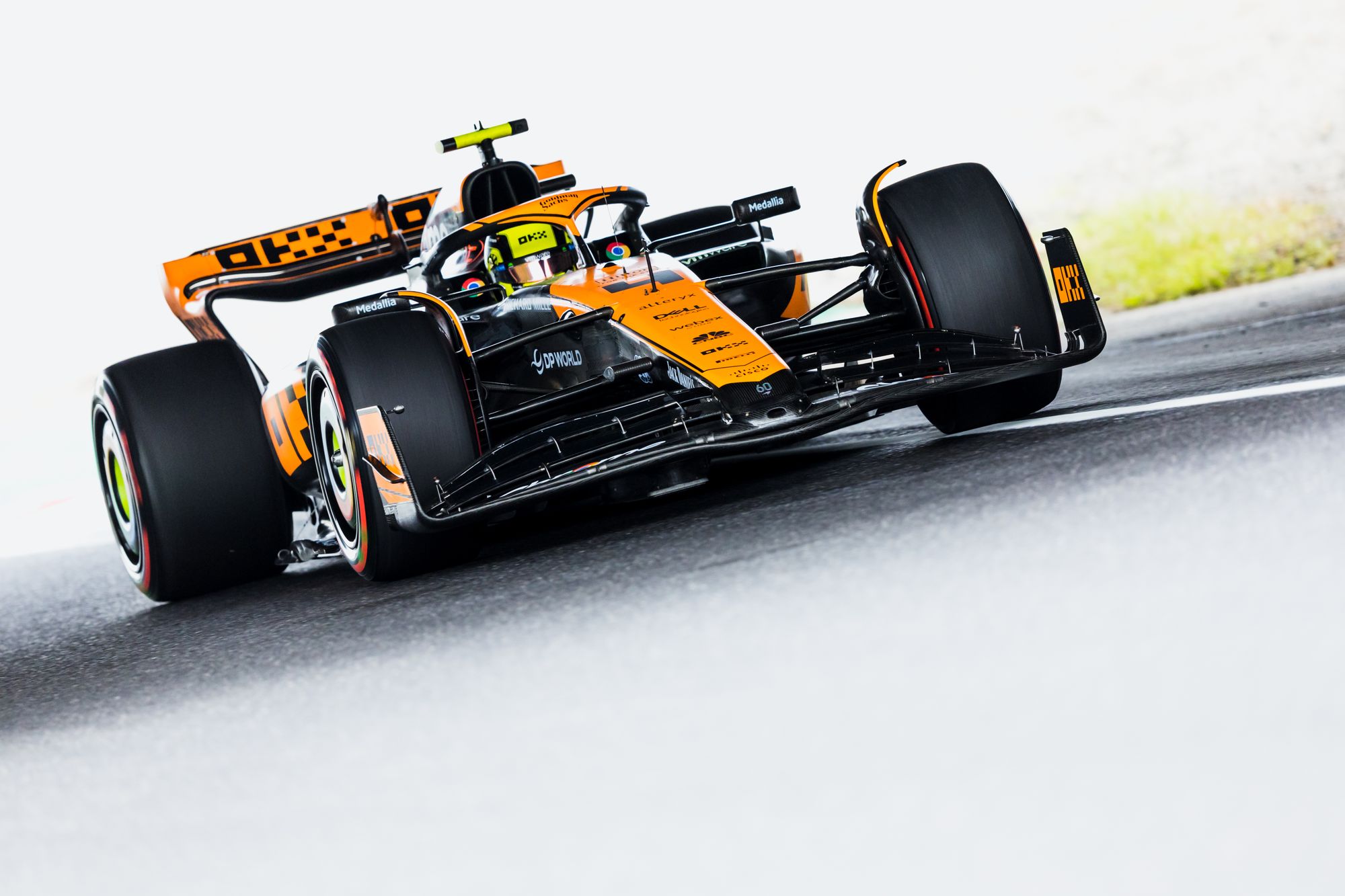
“I think our car is feeling reasonable,” Norris said. “The balance is a bit all over the place in these very low-grip conditions, but I think it’s a problem the whole grid has. I’m finding small improvements here and there. The speed is relatively good and if we can tidy some things up, I think we can have a good day tomorrow.”
Oscar Piastri was getting his first mileage of the car in the updated spec which Norris debuted at Singapore. He was a little off Norris’ pace on the first day, but expect improvement as he becomes more familiar with it.
As for Mercedes, its problems were particularly acute on the very low grip of the first session and it didn’t even run the soft tyre there. Running it for the first time in FP2, both drivers found there was a big balance shift so were in and out of the pits making set-up changes.
The car’s lack of rear grip seemed to be hurting Hamilton in particular and his low-fuel lap was 0.5s adrift of Russell’s. “I had a lack of confidence in the car and that contributed to our struggles,” he said. “It was difficult to find the right balance and we didn't manage to get on top of it by the end of FP2. The tyres were overheating and that left us quite far off the top of the timing sheets.
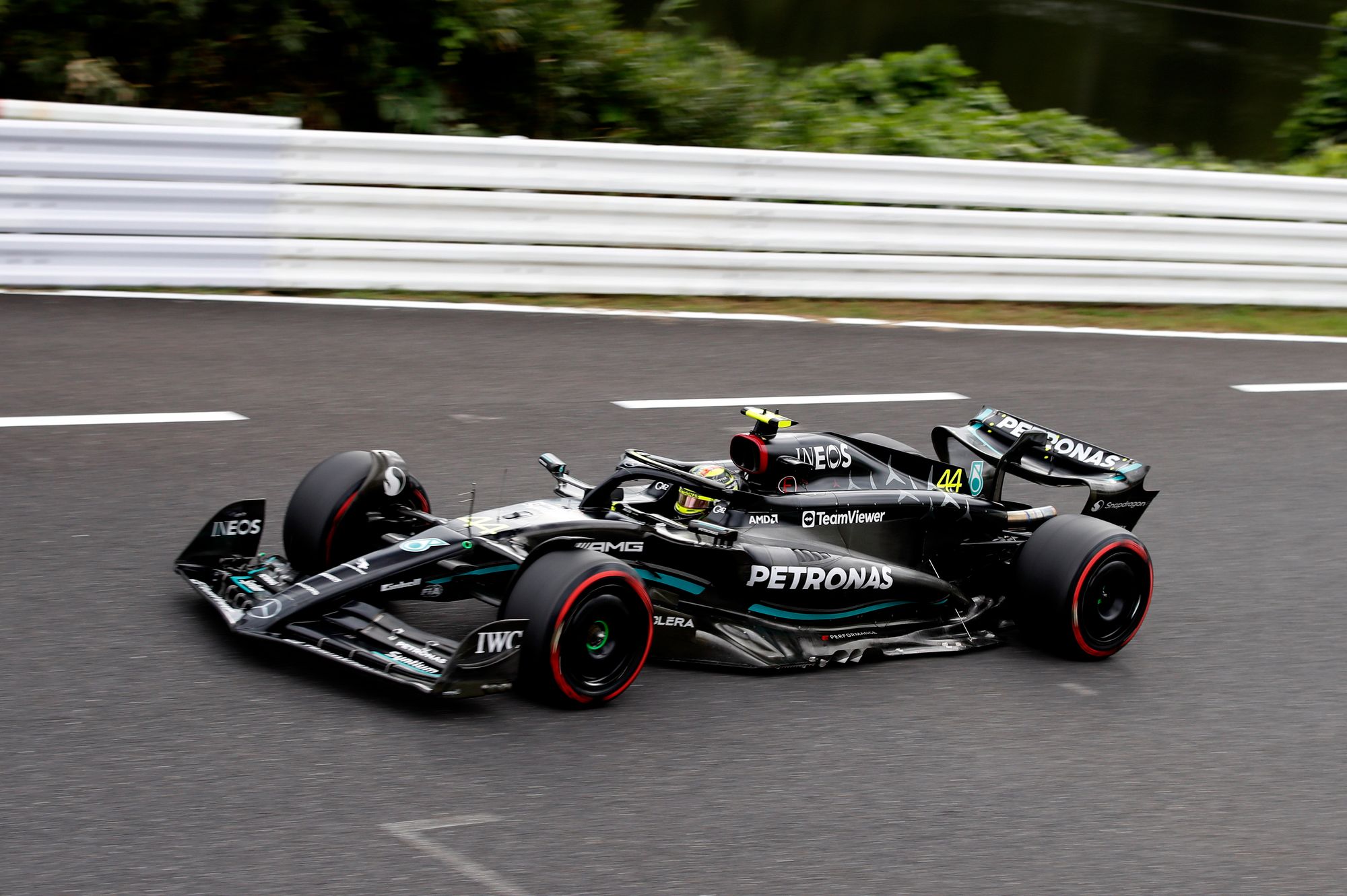
“We know we've got a lot of work to do tonight to pick up the performance. I do believe we can make improvements though. We have had similar Fridays this season and come back stronger on Saturday. We will see tomorrow if we have done so again."
“We are clearly not strong enough in the faster corners,” summarised trackside engineering chief Andrew Shovlin, “with the first sector proving a particular weakness for us. That's where the majority of our work will be focused this evening.
"George did find some improvement on the single lap in FP2, but we are facing the same challenges on both our qualifying pace and the long run. In a sense that is encouraging. If we can fix one, the other should improve, too. However, we are not underestimating the work we've got to do to be stronger over the rest of the weekend.”


